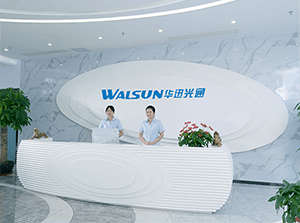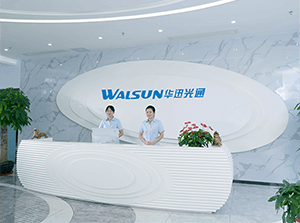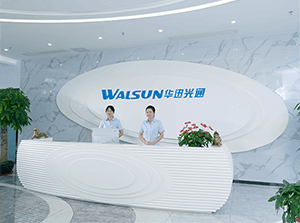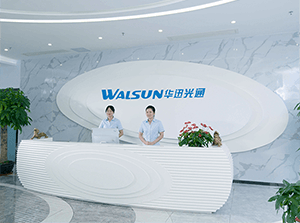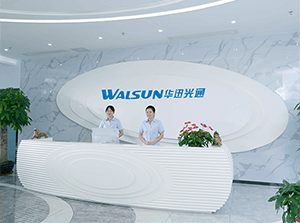PRODUCTS

- FR3 and FR4 are both types of printed circuit board (PCB) materials, each with its own set of properties. These materials are used in the construction of electronic circuits. Here are the key differences between FR3 and FR4:Material Composition:FR3: FR3 is a type of PCB material made from a composite of cellulose paper impregnated with a phenol formaldehyde resin. It is known for its good electric1994

- The terms "1G" and "10G" refer to network port speeds, indicating the data transfer rate supported by the respective ports. Here are the key differences between 1 Gigabit (1G) and 10 Gigabit (10G) ports:Data Transfer Rate:1 Gigabit (1G): 1G ports support a data transfer rate of 1 gigabit per second (Gbps) or 1000 megabits per second (Mbps). This is a common speed for many Ether4057

- The distance that a QSFP+ (Quad Small Form-Factor Pluggable Plus) transceiver can cover depends on the type of optics used. QSFP+ modules support various optical and copper interfaces, each with its own maximum reach. Here are the common QSFP+ optics and their associated distance specifications:SR4 (Short Range 4):QSFP+ SR4 modules use multi-mode fiber (MMF).Typically supports distances up to 1001148

- The term "SFP elements" might refer to various aspects or features of Small Form-Factor Pluggable (SFP) transceivers. Here are three key elements associated with SFP modules:Form Factor:The "Small Form-Factor" in SFP refers to the compact size of the transceiver module. SFP modules are significantly smaller than their predecessors like GBIC (Gigabit Interface Converter) modules1414

- Coarse Wavelength Division Multiplexing (CWDM) and Dense Wavelength Division Multiplexing (DWDM) are both technologies used in optical fiber communication to increase the capacity of a network by simultaneously transmitting multiple signals over different wavelengths of light. The key difference between CWDM and DWDM lies in the spacing and number of wavelengths used.Wavelength Spacing:CWDM (Coars1353


 CHS
CHS Walsun Mall
Walsun Mall

